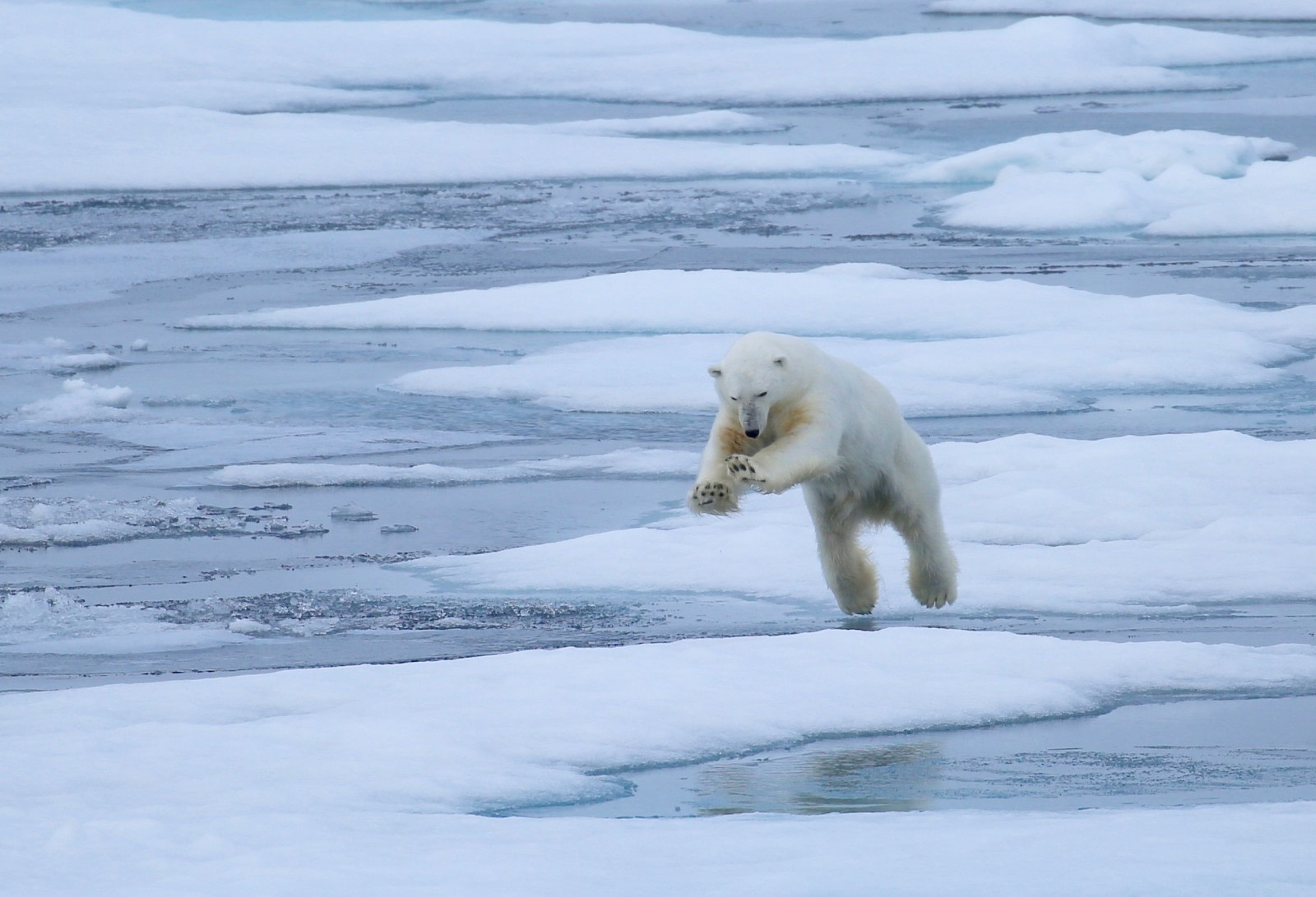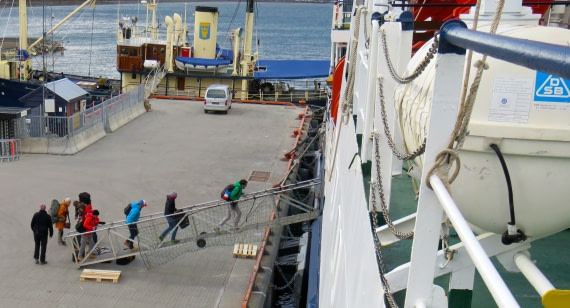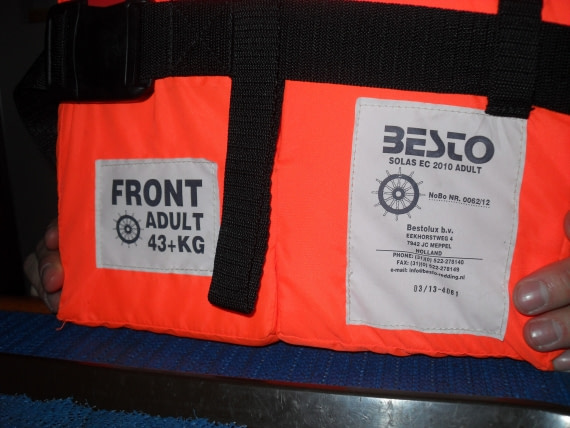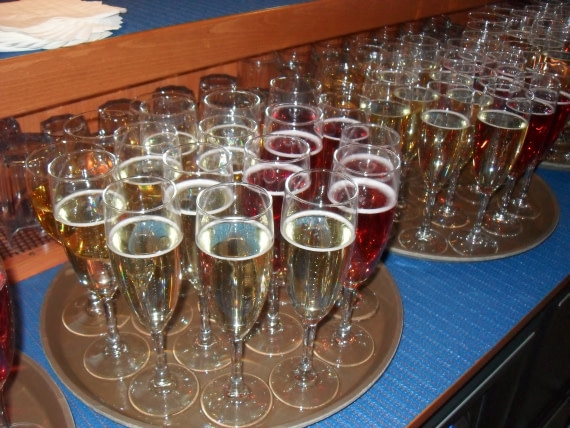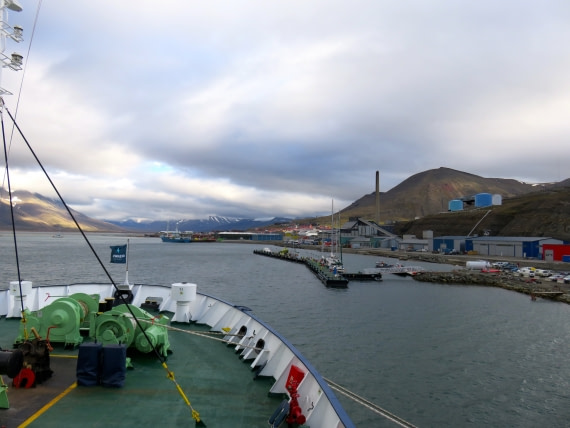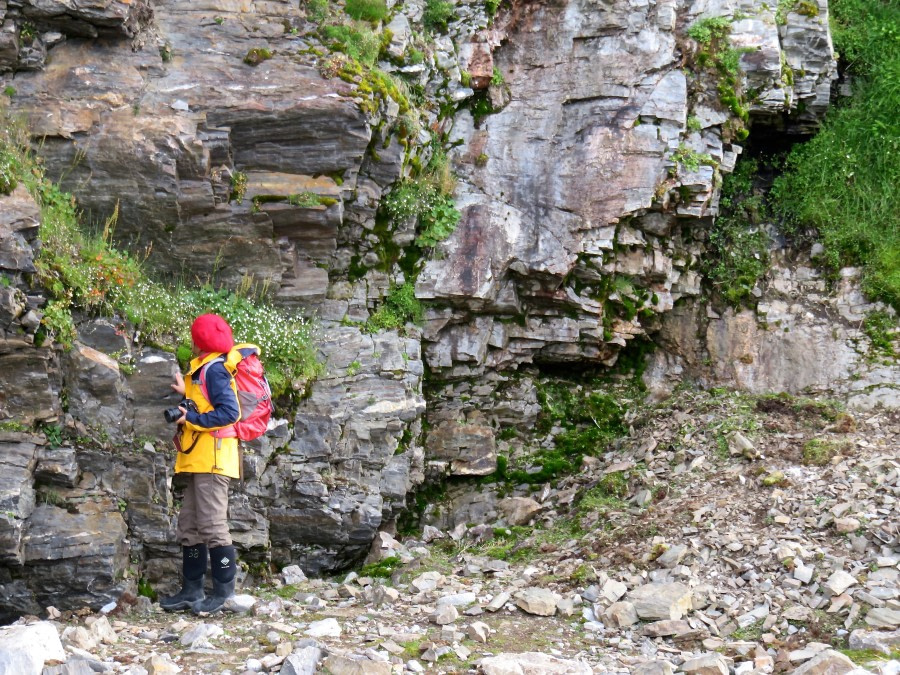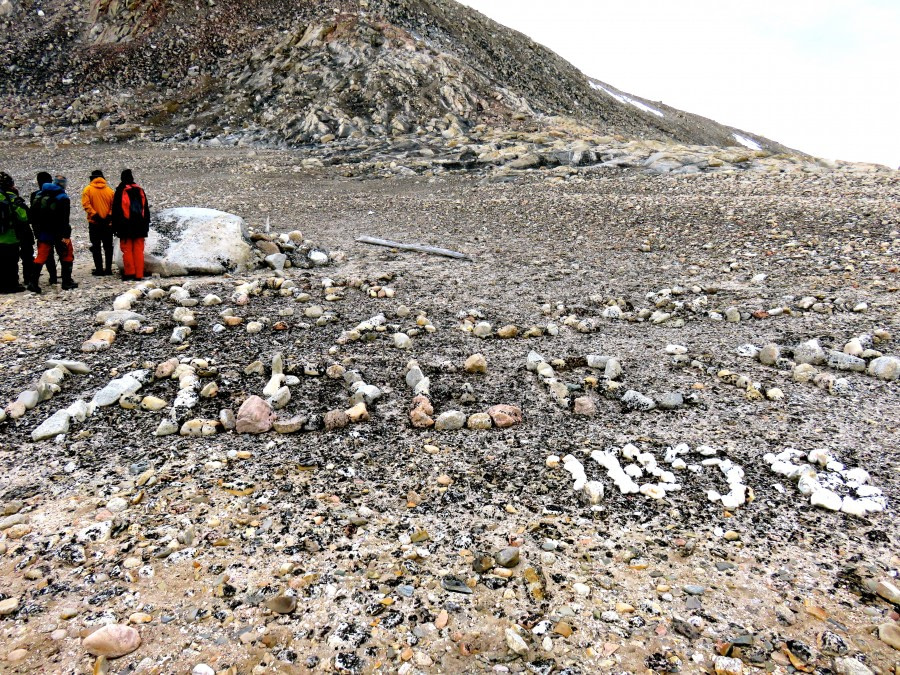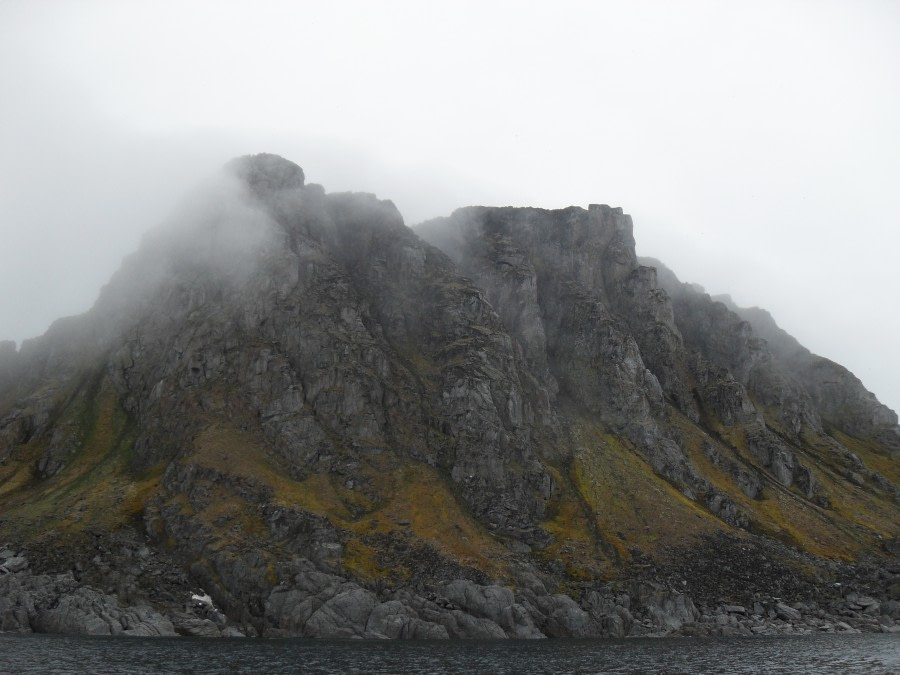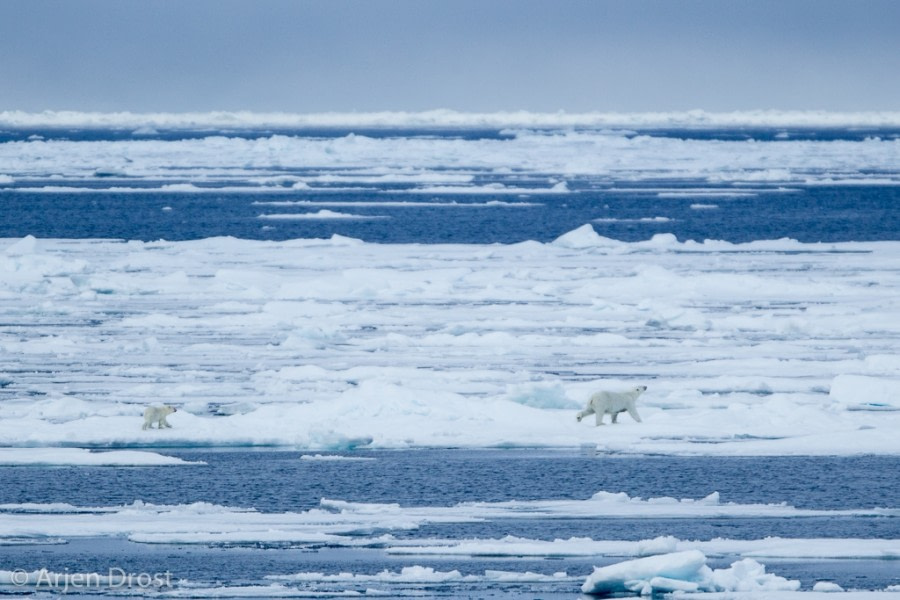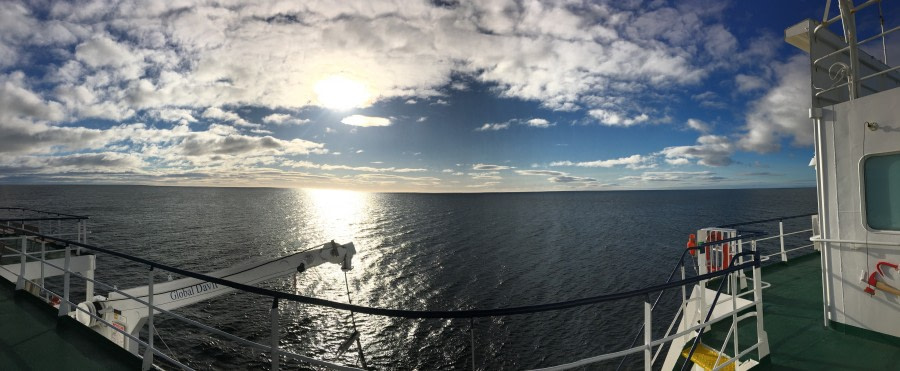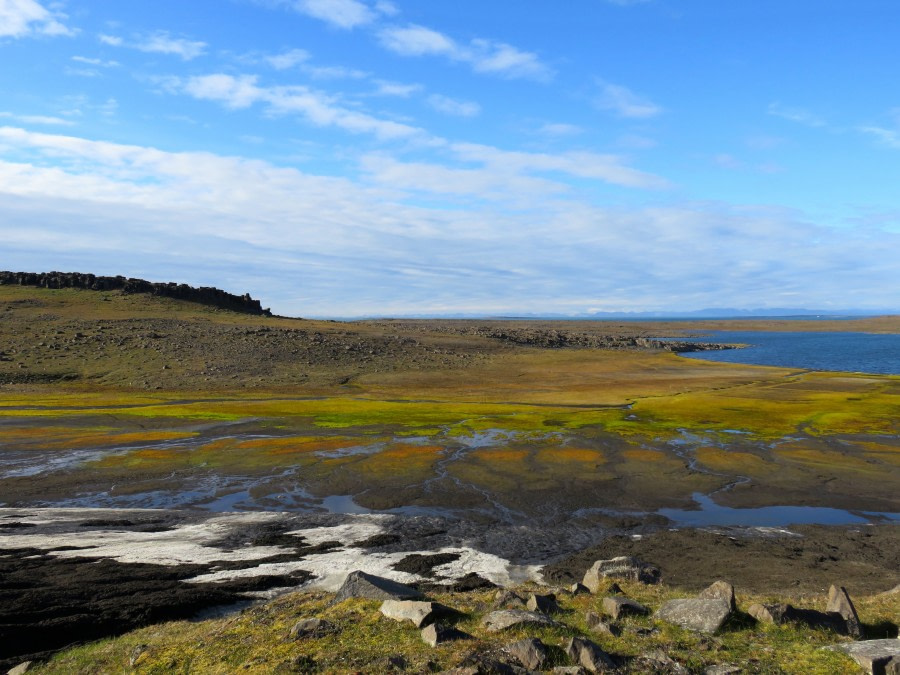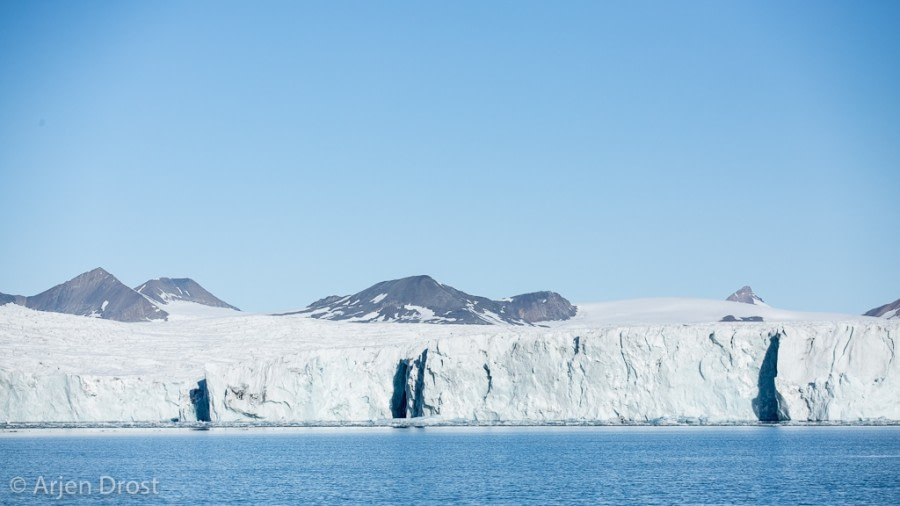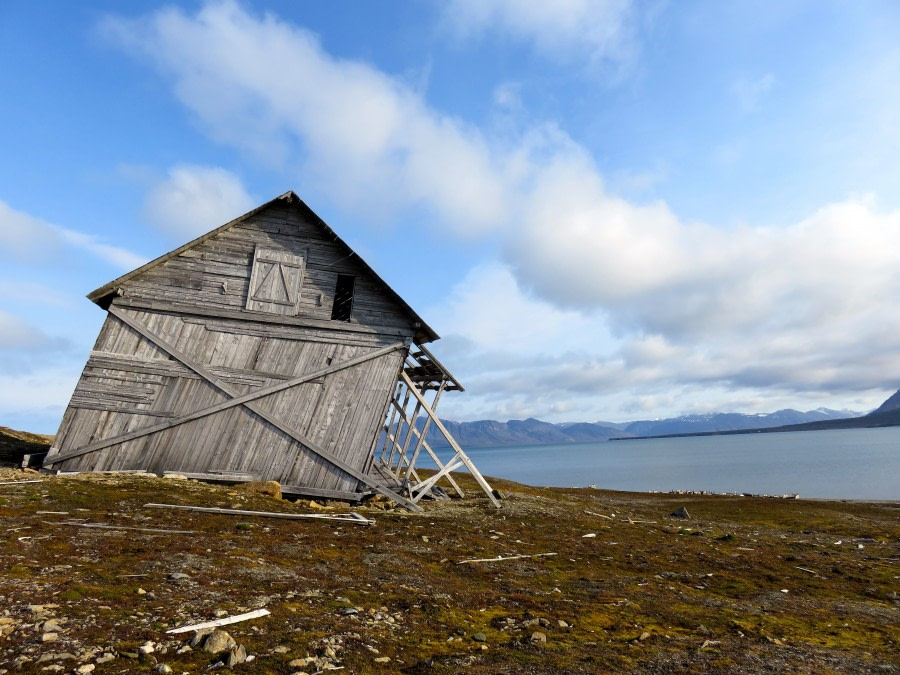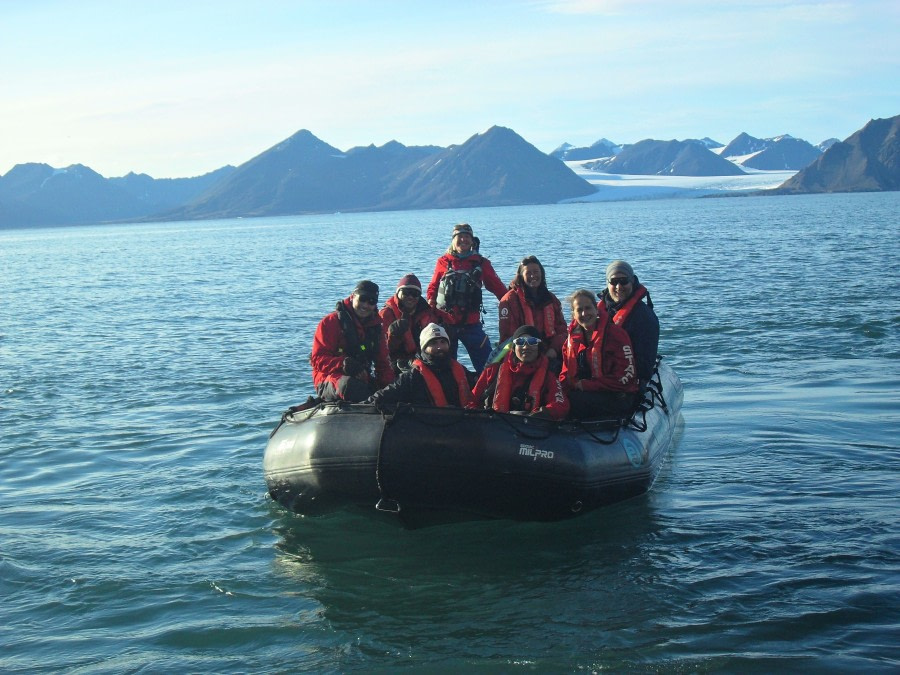| Date: | 12.08.2017 |
| Position: | 78°14.1‘ N, 015°36.6‘ E |
| Wind: | NNW 3/4 |
| Weather: | Partly cloudy |
| Air Temperature: | +14 |
Since Longyearbyen’s foundation as a coal-mining settlement in 1906 by John Munro Longyear, it has been the starting point for many historic and pioneering expeditions. The town has a permanent population of around 3,000 residents but this number increases significantly during the summer with the arrival of thou-sands a cruise ship tourists ready to explore the archipelago of Svalbard. Our adventure began with boarding our comfortable floating home for the next ten days – the M/V Ortelius at the pier in Longyearbyen. At 16:00 we were met at the gangway by members of the Expe-dition team who directed us to the ship’s reception where we were checked in and shown to our comforta-ble cabins. As soon as we had settled into our comfortable home most of us found themselves either on the outside decks to enjoy the views or in the bar for a coffee or tea. Soon it was time to gather in the lecture room for several welcome briefings. One was by our Expedition Leader Michael, another by our Hotel Manager Zsuzannah. We were then briefed by Second Officer Louis on ship safety and how to prepare for abandon ship procedures, should the worst incident happen on board. A drill of the general alarm, which was seven short blasts followed by one long blast was made and we all donned the SOLAS orange life jackets and mustered in the bar guided by crew and staff. After a roll call to assure everyone was present we went out to the lifeboats and some of us actually went inside to explore the cosy surroundings! We returned to our cabins briefly before regrouping with Captain Ernesto Barria in the lounge for a wel-coming toast of champagne or juice. This was also a chance to meet members of the Expedition team who will be guiding us on shore and keeping us safe during our time around Svalbard. It was then time to head to the dining room for the first of many delicious meals to be prepared by Heinz and his galley team. Meanwhile, Ortelius made her way through Isfjorden towards the open sea. After dinner, there was one final task to complete and that was the collection of rubber boots and life jackets from the lecture room. Staff were on hand to ensure we got the correct size and fit and were ready to go ashore on Svalbard in the morning.
